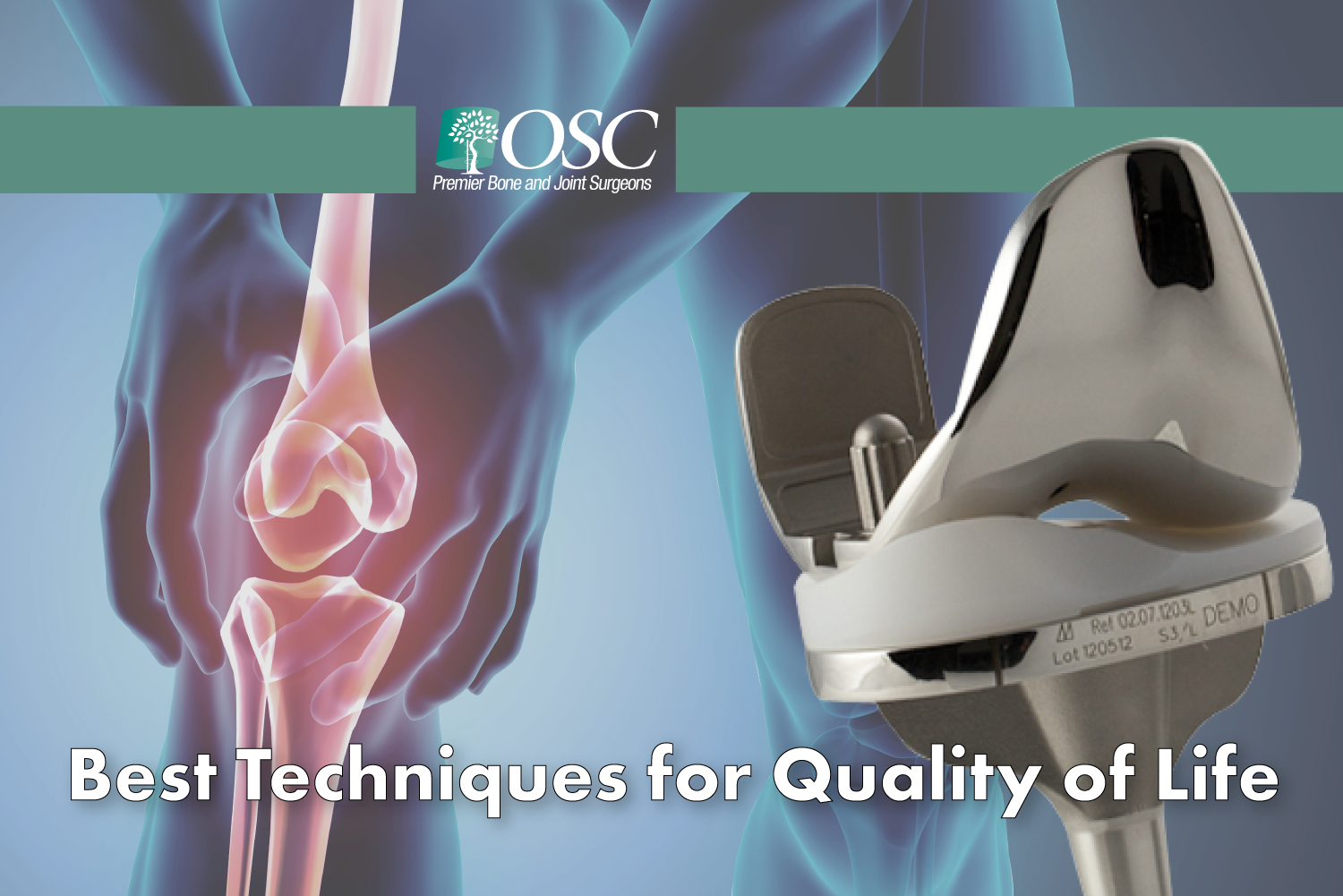A few months ago, we shared Dr. Scott’s research on medially stabilized total knee replacements with you. This month, we want to follow up by sharing a 2017 study from Arthroplasty Journal of 164 patients, 76 with medially stabilized implants and 88 with posterior stabilized. The researchers looked at range of motion (ROM) and the forgotten joint score (FJS) results between the two groups.
While there was no statistically significant difference in ROM between the two procedures, what the researchers did find was that medially stabilized patients’ results for the FJS measurement were overall much more positive than they were for patients with posterior stabilized total knee replacement.
What is the Forgotten Joint Score?
The FJS tool was developed in 2012 as an important new way of measuring success for orthopedic procedures. People with healthy joints never think about them, after all. Therefore, it only makes sense that a successful joint replacement would result in patients also being able to forget their postoperative joint. The research we are citing indicates that arthritis patients who receive a medially stabilized total knee replacement, such as the ones Dr. Scott performs, experience significantly better normalcy in their joint after the procedure.
Why Are Medially Stabilized Implants Better?
Medially stabilized implants are designed with a medial tibiofemoral articulation that aims to mimic the knee’s natural anatomy perfectly. Compared with the cam-and-post design of a posterior stabilized total knee replacement, the medially stabilized design may better replicate the natural kinematics of the knee. That’s why the study we’ve shared with you here is important. While ROM results for both procedures are similar, the actual motion and use of a medially stabilized implant feels much more normal and leads to higher patient satisfaction.
Are you curious about whether a medially stabilized implant is right for you? Contact us today to set up an appointment with Dr. Scott. Together you will discuss your health history to determine the best approach to managing your arthritis pain or other joint condition.




